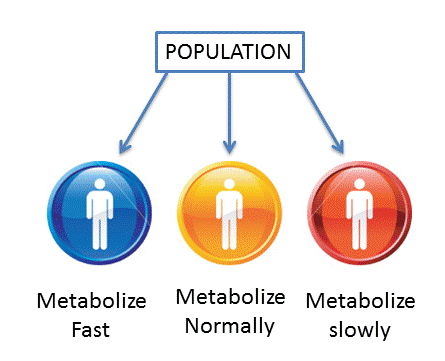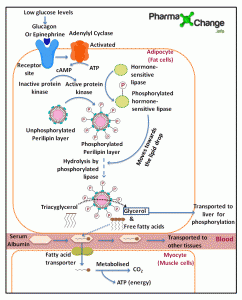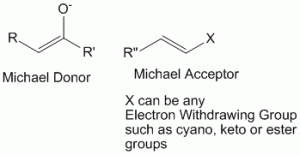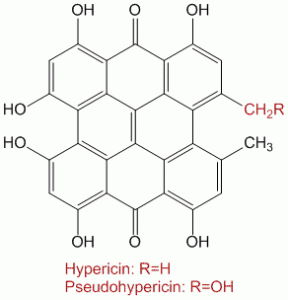Pharmacogenetics deals with how genetic variation contributes to a variable drug response. At the population level the responsiveness to a drug is considered to be normally distributed. Genes code for proteins, enzymes, ion channel, drug transporter system and other physiological system. Some of the proteins are the target site of the drug while the others are involved in the metabolism of the drug or even absorption, distribution and excretion of the drug.
Genetic polymorphism can occur when a single genetic trait is expressed in two or more different ways in the population. Since every person has their own unique genes coding for their body, every person reacts differently to a particular dose of a drug. Pharmacogenetics tries to study and generalize how people react based on their genetic composition. Use of porperties of pharmacodynamics and pharmacokinetics in order to study these effects.

Responders and Non–Responders
At the population level responsiveness of this kind fits into a bimodial curve or distribution. The DNA is tested and there gene sequences are examined and it is these sequences that in effect are genetic markers and are used to test whether a person will respond to the drug therapy or not. Based on which the people are classified into two groups:
- Responders: those who would respond to the drug therapy.
- Non-Responders: those who would not respond well to the drug therapy.
Tailor made drug therapy is also possible. An individualized pharmacogenetic based therapeutic approach is known as drug stratification.
Polymorphism and Drug Metabolism
Responders: act on the drug immediately and hence lower drug concentration in the plasma. While non – responders: do not act on the drug immediately and hence higher concentration of the drug in the plasma and this can be dangerous since it can lead to adverse reaction. For example,
Fast (effective) Acetylators or Slow (poor) Acetylators
N – acetyltransferase is an imp enzyme present in the liver and is involved in the metabolism of the drugs and it this enzyme that is responsible for attaching the two carbon acetyl groups donated by acetyl coenzyme A. Polymorphism involving cytochrome P450 enzymes can exist where these haeme proteins that catalyse important physiological reactions involved in energy production and phase I metabolism may be up-regulated or down-regulated.
Other examples include
- poor suxamethonium metabolism,
- erythrocyte reactions e.g. prophyria,
- variations in receptor structure- reaction to mydriatics ( drugs that induce pupil dilation), reactions to corticosteroids
References
- Goodman & Gilman’s The Pharmacological Basis of Therapeutics by. Joel Griffith Hardman, Lee E. Limbird, Alfred G. Gilman. 10th Ed.
- Rang & Dale’s Pharmacology by. Humphrey Rang, Maureen Dale, James Ritter, Rod Flower. 6th Ed.



